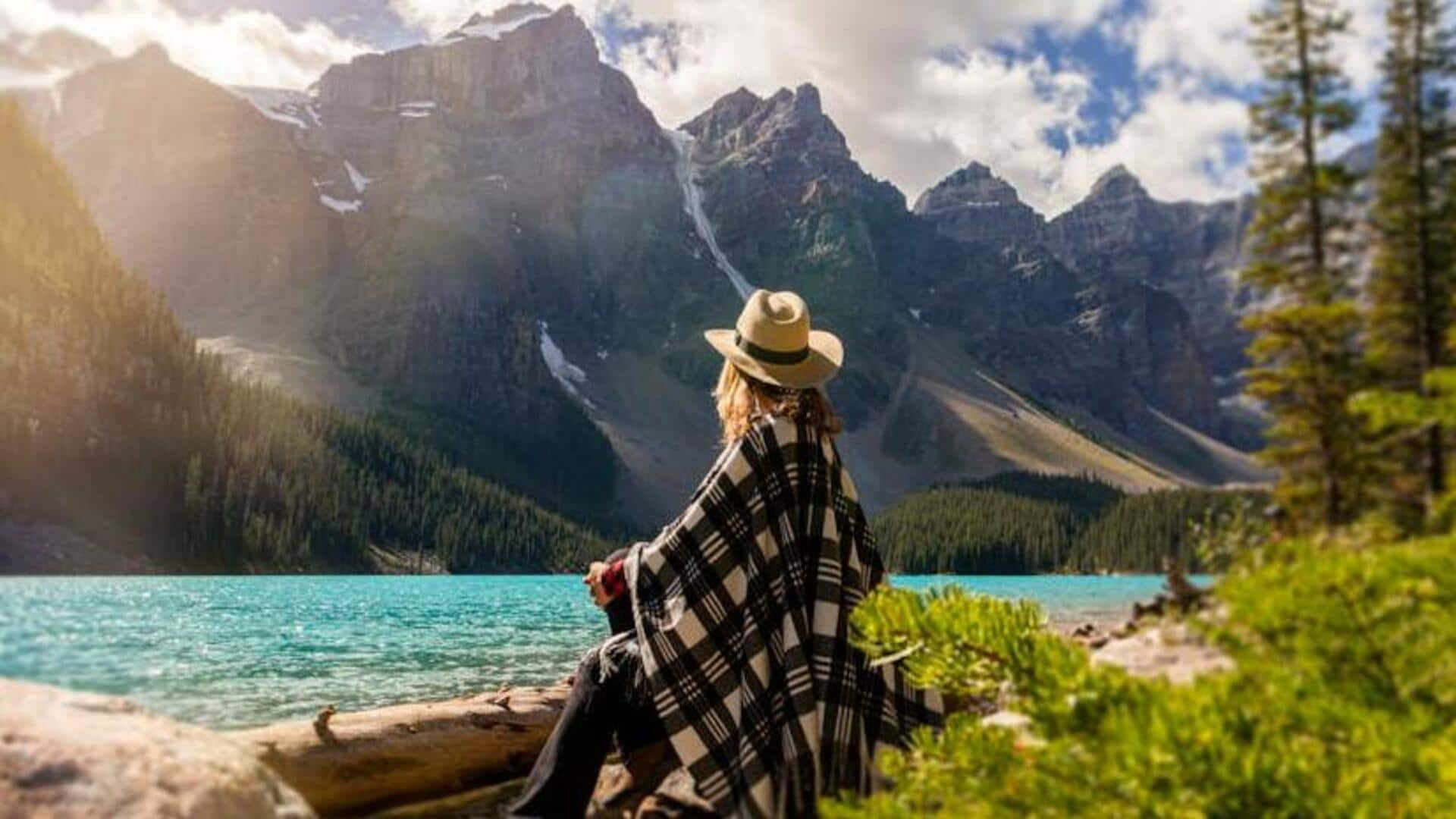
Travel photography on a budget: Hacks you need to know
What's the story
Travel photography can get pretty expensive, but with some smart tricks, enthusiasts can click amazing pictures without burning a hole in their pockets. By keeping budget-friendly hacks in mind, photographers can maximize their resources while traveling to new places. Here are some practical tips to help travel photographers save money while still getting the desired results.
Smartphone tips
Use smartphone cameras effectively
Smartphone cameras, with their high-resolution sensors and features like portrait and night mode, are a budget-friendly alternative to DSLRs. Just learning composition techniques like the rule of thirds, leading lines, etc., can make them even more capable. Notably, several apps offer editing tools similar to professional software, letting you click impressive photos without spending the big bucks on advanced gear.
Editing tools
Opt for free editing software
Editing is key to enhancing travel photos but professional software can be expensive. Thankfully, there are free alternatives out there which offer excellent editing capabilities. Programs like GIMP or online platforms like Canva provide a host of tools to adjust exposure, contrast, and color balance. These options let photographers fine-tune their images without paying for subscriptions or licenses. Experimenting with different software will help you find one that suits your style and needs.
Location planning
Scout locations in advance
Researching locations before traveling helps you identify photogenic spots which may not require entrance fees or permits. Use the internet, travel blogs or social media platforms where other photographers share their experiences and recommendations. Google Maps also proves handy for virtually exploring areas you plan to visit. It provides street views, giving you insights into potential shooting angles in advance—saving time and money during actual trips.
Lighting techniques
Leverage natural lighting conditions
Natural light plays an important role in photography and knowing how it changes throughout the day can help capture better shots without spending a penny. Early mornings provide soft lighting perfect for landscape shots, while the golden hour adds warmth to portraits. Avoid the harsh midday sun, as it can create unwanted shadows. Cloudy days give diffused light, perfect for outdoor shooting.